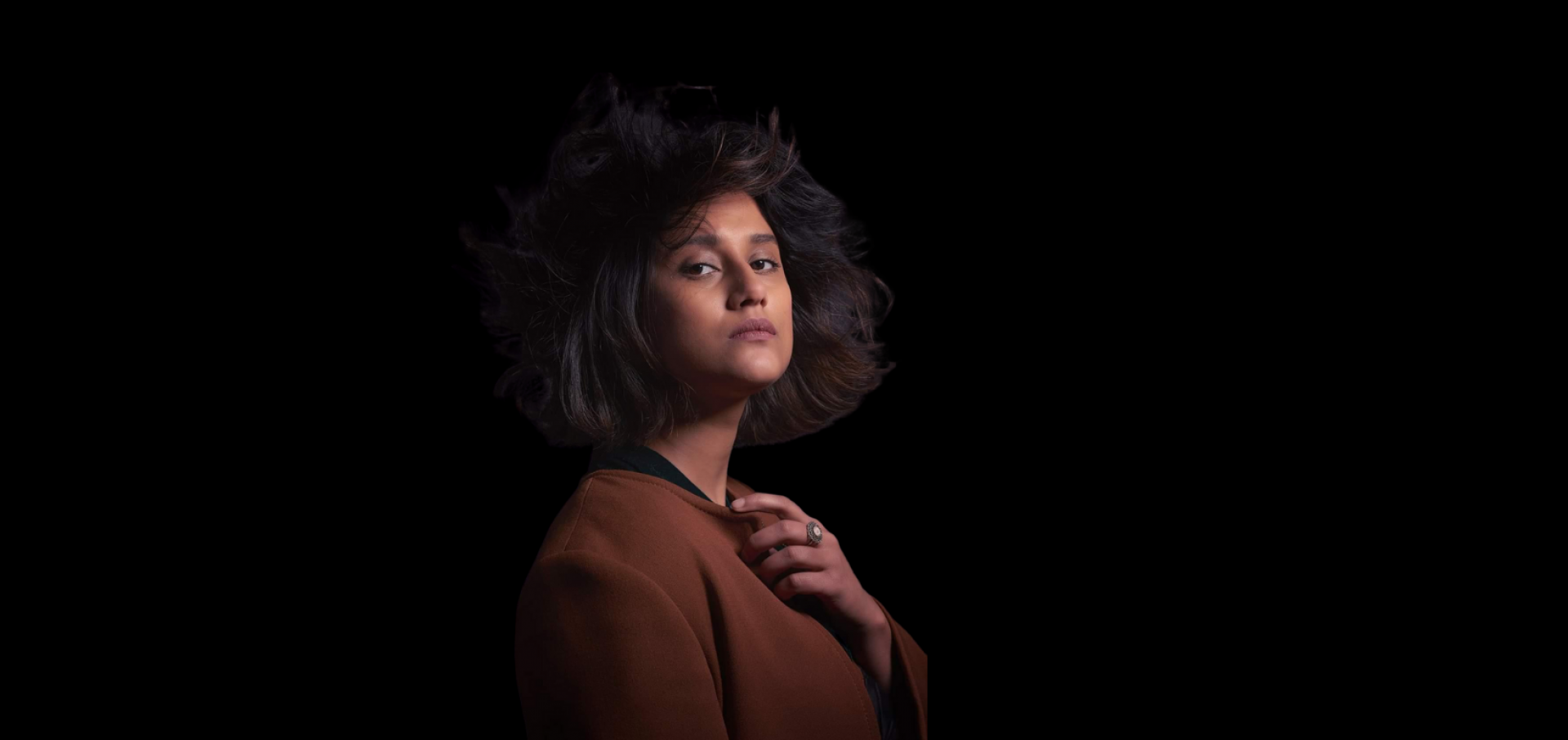How do we define heritage? How can we look to placemaking as a way of mapping the past? The Connecting People and Places exhibition, made possible by the National Lottery Heritage Fund, is giving artists, photographers and poets the opportunity to explore these questions.
As the Connecting People and Places exhibition draws nearer, Blueprint for All reached out to the creatives involved in making this project come to life.
Tammana Begum, poet, writer and photographer from East London, shared her thoughts. Her work, titled ‘This is our Heritage‘ investigates British colonialism in India, and how this bloody period has altered the perceptions of identity and heritage.
What does heritage mean to me?
Heritage is what you have inherited, whether it is something physical or intangible. My family don’t own a lot of material things so much of my heritage lies in historical happenings. This includes events that I had no control over and has shaped my life, such as the 200 years Britain spent in India, as well as beliefs and practices that are prevalent in my culture, such as the pressures of marrying young and having children, which I can choose to follow or not.
I need to know my heritage – not only from parents and other elders in my community but through my research such as documented events, books, and anecdotes of people I have never met, to get a well-rounded understanding of the past. It can be liberating to try and separate yourself from your history, particularly if it is a dark one that some countries refuse to take responsibility for, such as the bloody partition and the subsequent bloody independence of Bangladesh, but I can’t do so personally. I feel conflicted about my heritage because, on the one hand, past and present injustices make me feel angry, however, on the other hand, the benefits I am experiencing now, such as living my dream of working remotely while travelling abroad – which I wouldn’t be able to do if I hadn’t grown up in London – allows me to feel deep gratitude for life every day.
My heritage is a part of me – whether I want it or not and therefore I accept it.
Why did you want to be a part of the Connecting People and Places project?
Writing poetry is a creative process that I often use to explore and understand issues in my life. I am usually a different person once I have completed a poem as I have either experienced clarification, learned something new or even just added to my collection of poems thus inching closer to my goal of eventually publishing a book of poems for everyone to experience. I enjoy writing about human experiences, often expanding into social and sometimes political issues affecting us today. Therefore, writing about my heritage intrigued me. It was an opportunity to research the history between Britain and India which is something I knew of vaguely and wanted to learn about further but ‘never got around to’. Writing this poem allowed me to connect with people of the past, put myself in their shoes and empathise with what they went through. It’s made me appreciate the hardships they faced and how much we have progressed as a community. Being a part of People and Places allows me to share my history with a wide audience, which I consider very important. Storytelling, including poetry, is a way of connecting with others and humanising ourselves, something we need to practice a lot more. It educates us and develops our emotional intelligence. I hope people read my poem and appreciate my history and are inspired and empowered to research their heritage and share it with the world. Through sharing our stories comes understanding, and through that comes a better-connected world.
What does being a part of this project mean to you as a poet of diverse heritage?
Ethnic voices in mainstream media have increased recently however it is still not enough, particular with British Bengalis. On the odd occasion, South Asians are represented, it is usually an Indian or sometimes a Pakistani person. Rarely do we see Bengali characters on mainstream TV or in books, or even study the work of Bengali artists in schools. Bengalis have been coming to the UK for more than a century, and the waves of Bengali immigrants who arrived after WW II contributed largely to rebuilding the British economy. We deserve to be acknowledged.
Being selected as one of six people in the UK to share my work with a large audience is a huge opportunity and achievement. I am very pleased to be a part of this and hope it inspires creatives of South Asian – particularly Bangladeshi – heritage to continue doing what they love and get closer to their idea of success.
Read Tammana’s poem at our exhibitions across the UK.

